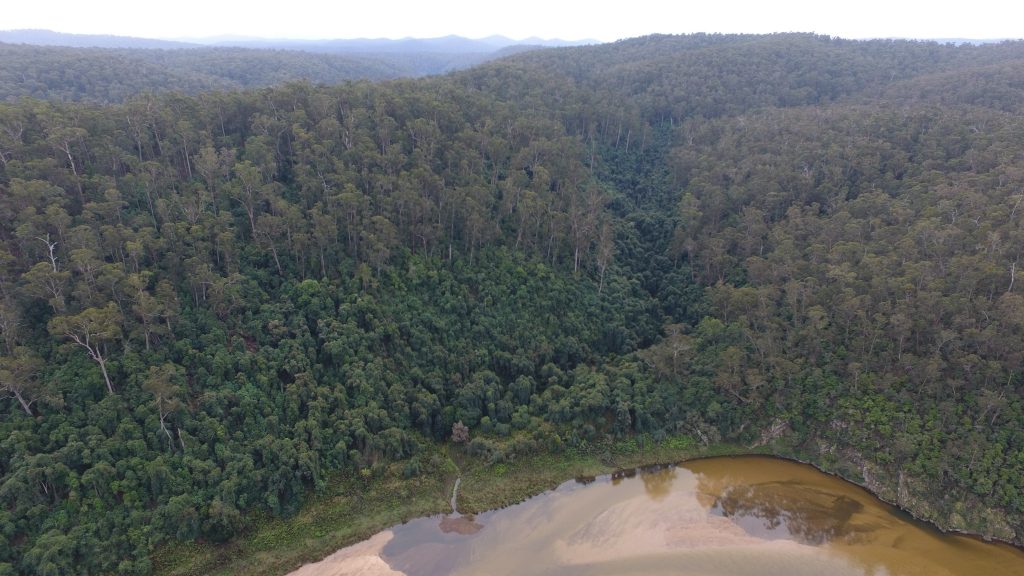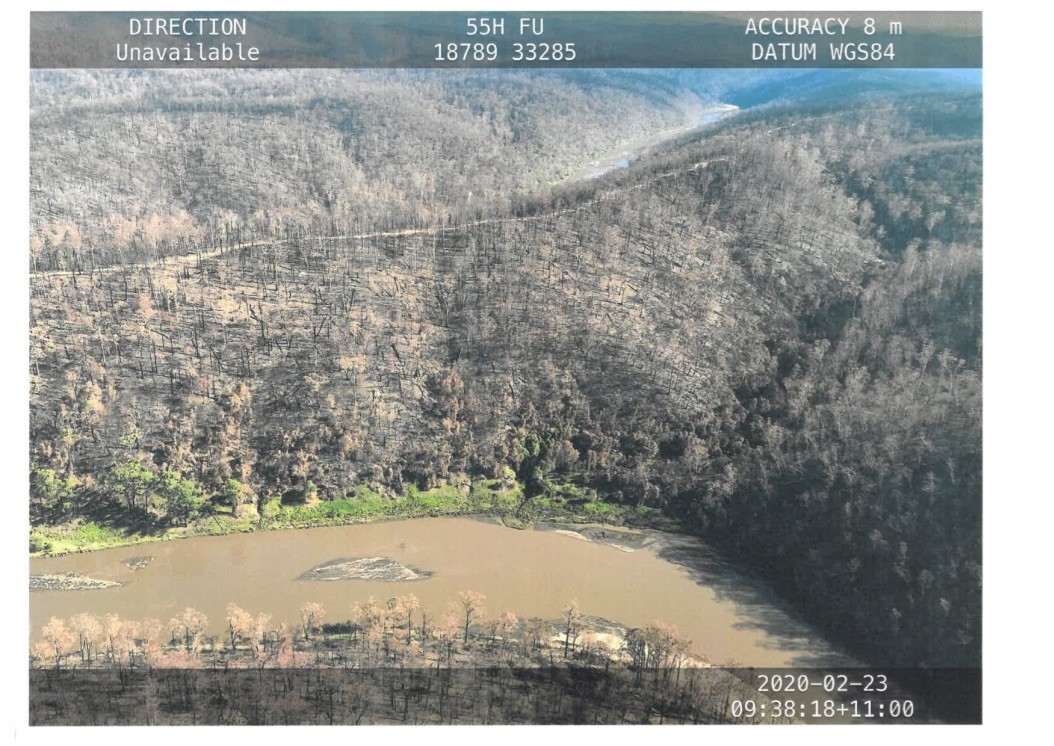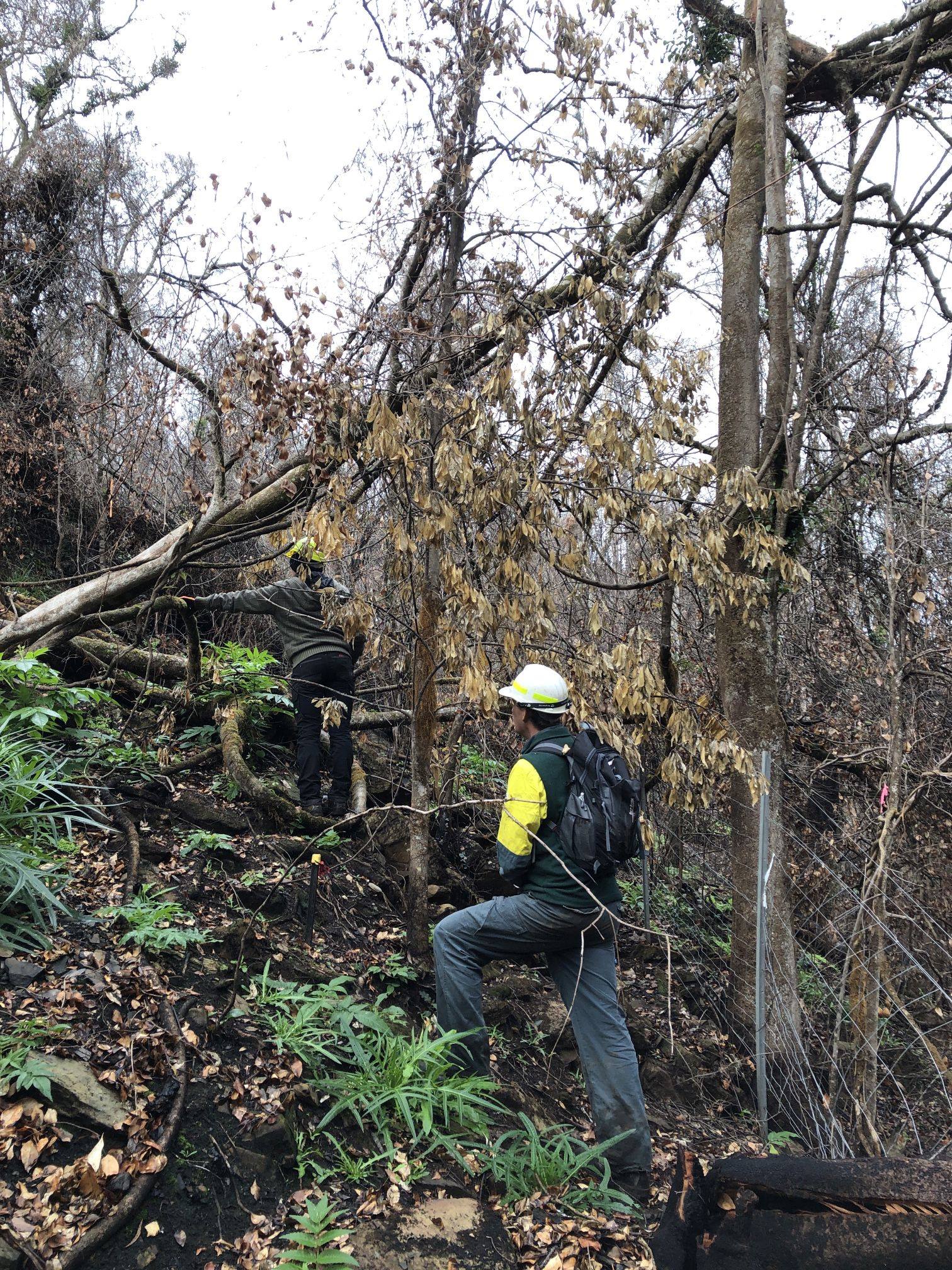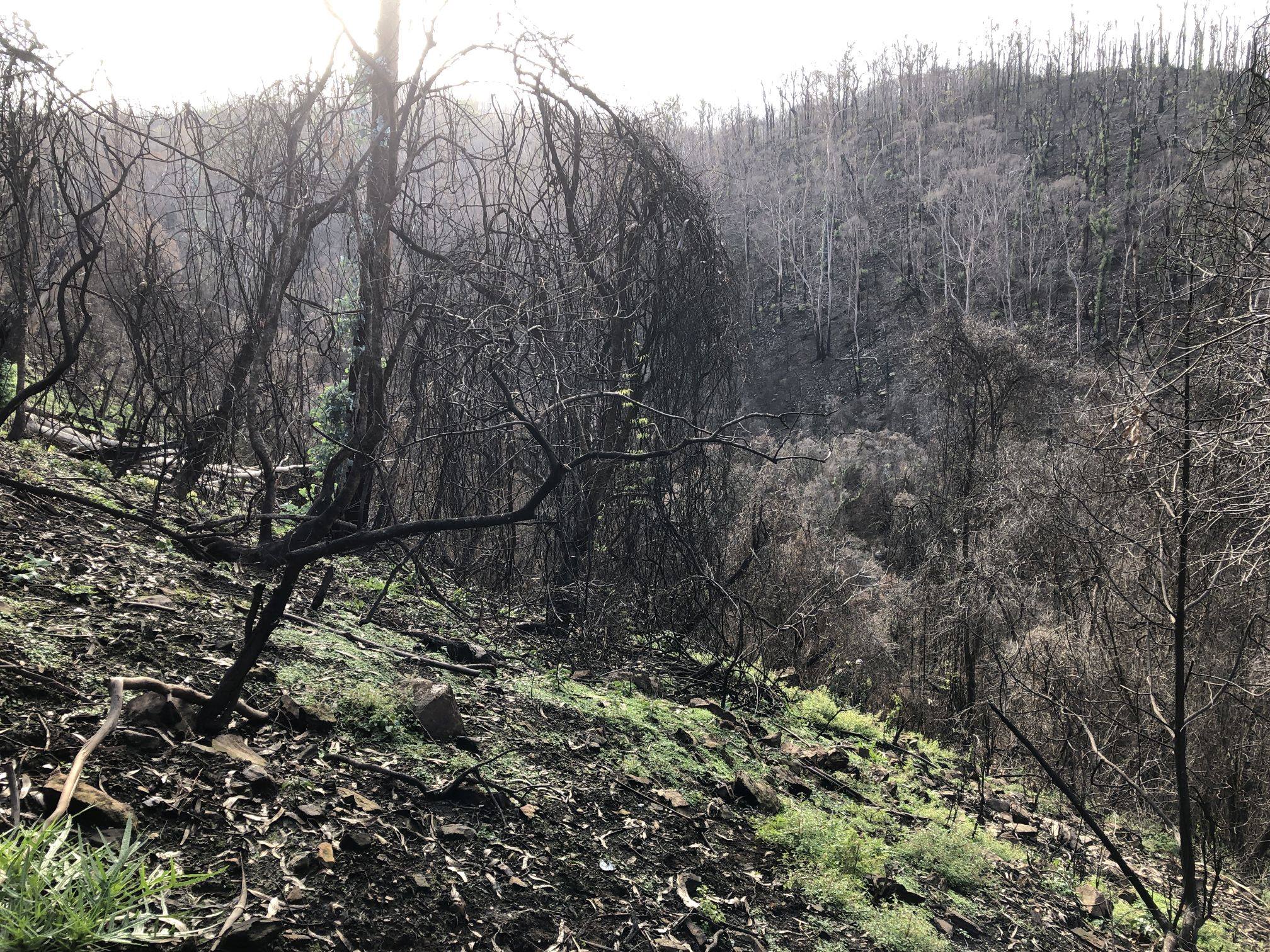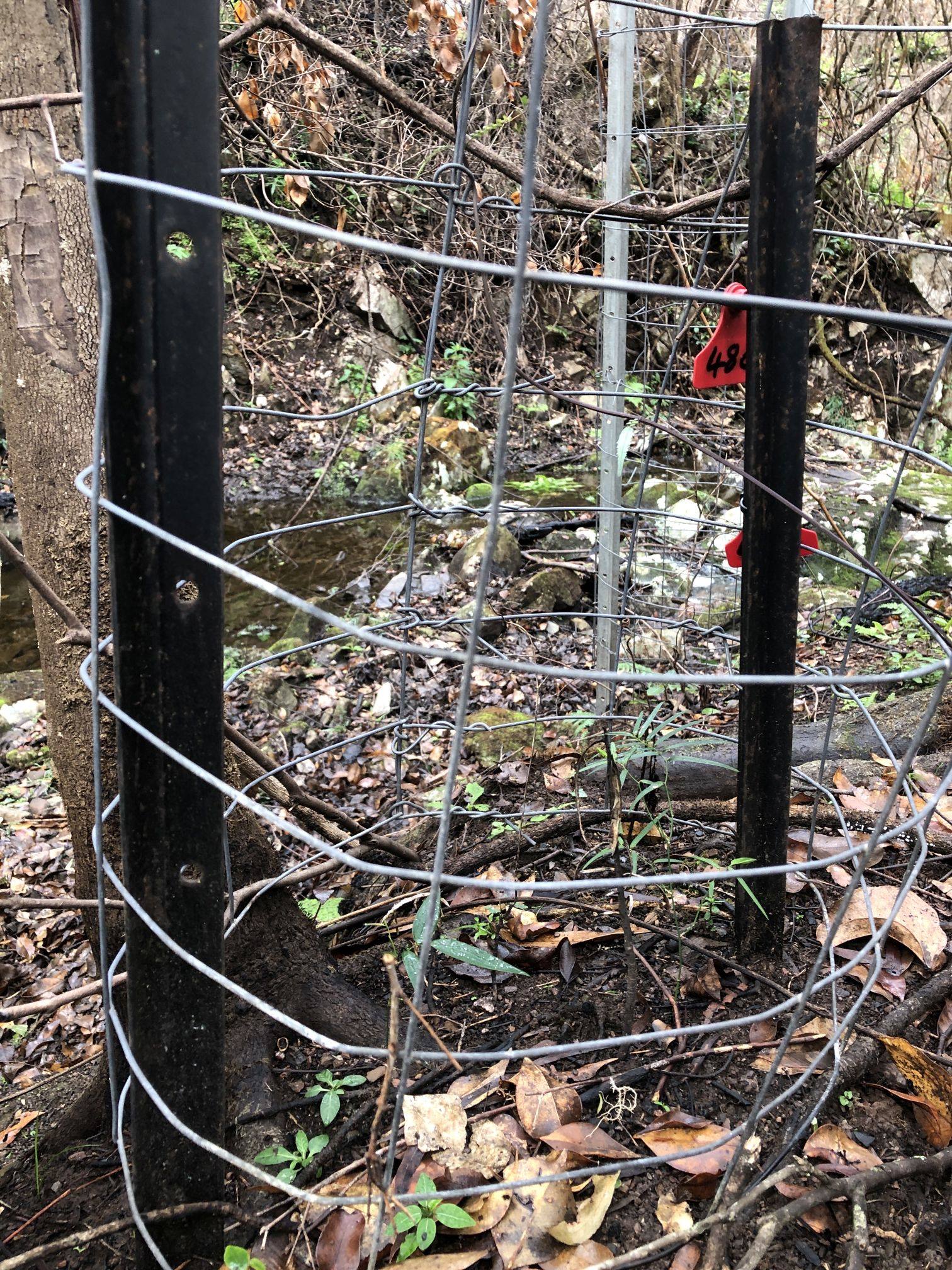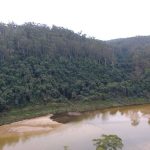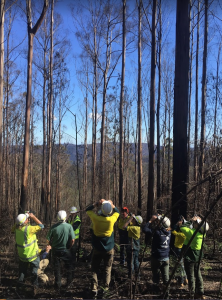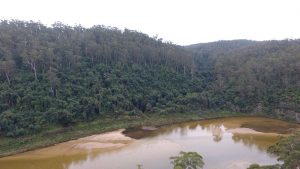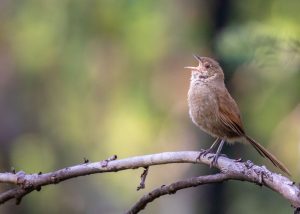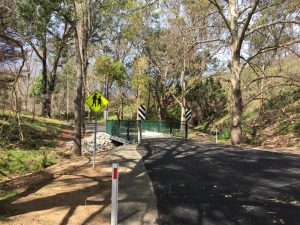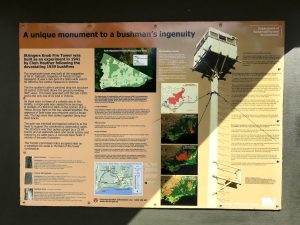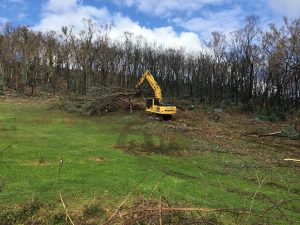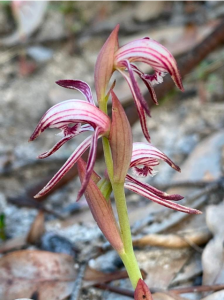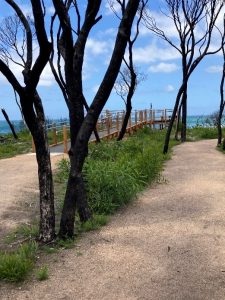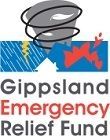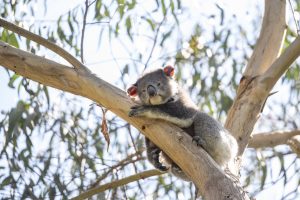Helping our rainforests recover
Overview
Whilst fire is an integral part of the ecology of our forests, it is extremely rare for bushfires to occur in rainforests. Landscape level fires in drought years like 2019/2020 can have major impacts on even the most sheltered and wet areas of forest. Obligate rainforest species (those only found in rainforest) are fire sensitive and do not have the ability to regenerate from re-sprouting like other native plants. Mature rainforests typically have little to no evidence of fire history.
The impacts on rainforest from the past season include:
- Almost 80% of the warm temperate and dry and gallery rainforest of East Gippsland was burnt (4900ha)
- 32% of the cool temperate rainforest associated with wet and damp forest communities was burnt (2100ha)
The recovery of burnt rainforest is complex and will require a sustained commitment over decades to understand the following issues:
- Climate change and its impact on the rates of recovery and likelihood of future disturbance events
- Transformer weeds – weeds which may outcompete slow growing rainforest species or curtail their distribution
- Invasive herbivores (deer and pigs) which show a preference for rainforest habitat for denning, rutting and feeding, including preferential browsing of many rainforest species
What is happening?
The Bushfire Biodiversity Relief and Early Recovery Committee/project has been created by Parks Victoria, DELWP, Zoos Victoria and a range of researchers from Victoria’s universities to…..
The Bushfire Biodiversity Relief and Early Recovery Committee/project will do this by undertaking the following actions by 31st December:
- Undertake impact assessments of 31 highest Priority Sites of National and State Significance
- Deliver weed control across the 31 selected Rainforest Sites of Significance (RFSOS)
- Deliver Ground Shooting Operations for introduced herbivores and predator species across the selected 31 RFSOS
Who is involved?
This work is being undertaken by Parks Victoria, DELWP, Zoos Victoria and a range of researchers from Victoria’s universities.
Feature: Wood point flora reserve and Buff Hazelwood
The Wood Point Flora Reserve is a very special part of East Gippsland it contains Warm Temperate Rainforest and the FFG Listed Endangered species, Buff Hazelwood – Symplocos thwaitesii
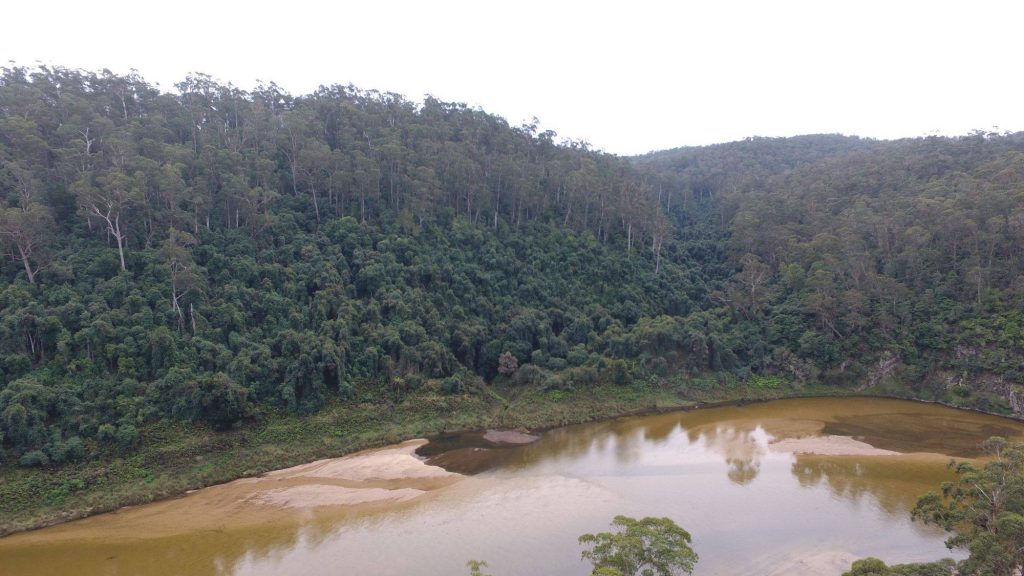
DELWP Natural Environment Program (NEP), Forest and Fire Operations Division (FFOD), Royal Botanic Garden (RBG), Bairnsdale Field Naturalists Club (BFNC) and MOOGJI Aboriginal Council NRM have been working together over the last decade to ensure the survival of this species in Victoria. Wood Point is its only known location in Victoria, it is killed by fire and it is highly preferred as a food species by introduced Sambar Deer.
Together we have conducted surveys to find its area of distribution and number of plants, collected seed for the RBG seed bank, monitored the impact of Sambar deer, constructed deer exclusion fences and cages to protect the species and provide opportunity for young plants to establish, undertaken weed management to control invasive weeds like Blackberry and Blue Periwinkle and undertaken planned burning to reduce the risk of high severity fire impacting the Rainforest stands it is dependent on for survival.
The 2019-20 fire did not discriminate, but the species was lucky, about 20% of it’s population and supporting Rainforest survived within the Parks Victoria managed Wood Point Flora Reserve. Some of the oldest trees – believed to pre-date white colonisation are still there and as most of the site has been fenced for over 10 years, most of the younger plants have survived also.

Buff hazelwood stand at Wood Point in 2018 
Wood point reserve after the 2019/20 fires
The other 80% has not been this lucky – post fire assessments in March and late June indicate that even 2-5% survivorship of these plants might survive. The work needed to enable recovery is needed immediately.
MOOGJI are working to repair the damaged fences and cages to remove the impact of deer
RBG are investigating the viability of their seed bank and are preparing to use the seed, along with fresh cuttings from trees that survived the fire to propagate plants for revegetation within fenced areas or for growing at other sites on private and public land
BBRER are delivering intensified threat management between September and December focussing on Invasive Herbivore control using commercial ground shooting
BBRER are also delivering targeted weed control to reduce the immediate threat of invasive weeds on rainforest recovery.
Want to know more?
If you have any questions or information you want to share about our recreation sites please contact – cbushfire@gmail.com
Useful documents and links
East Gippsland shire recovery newsletter link
